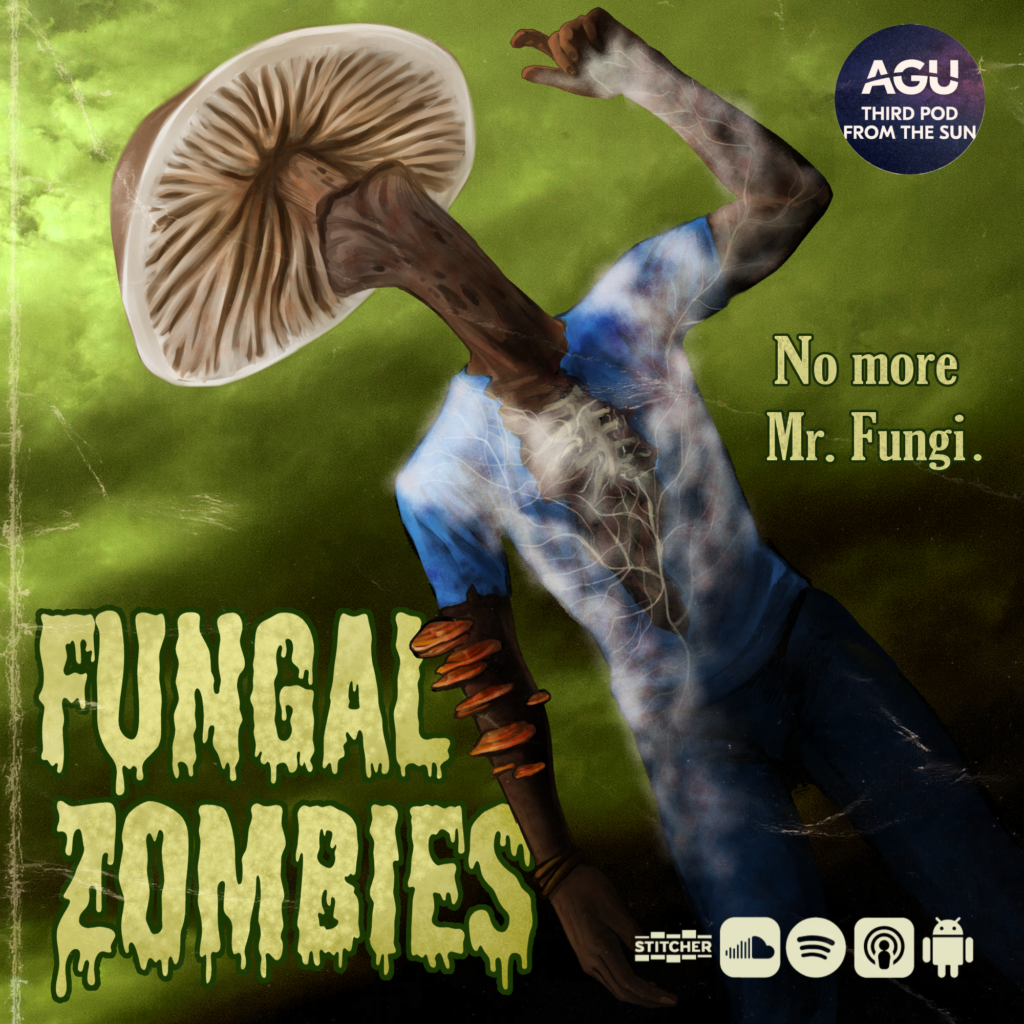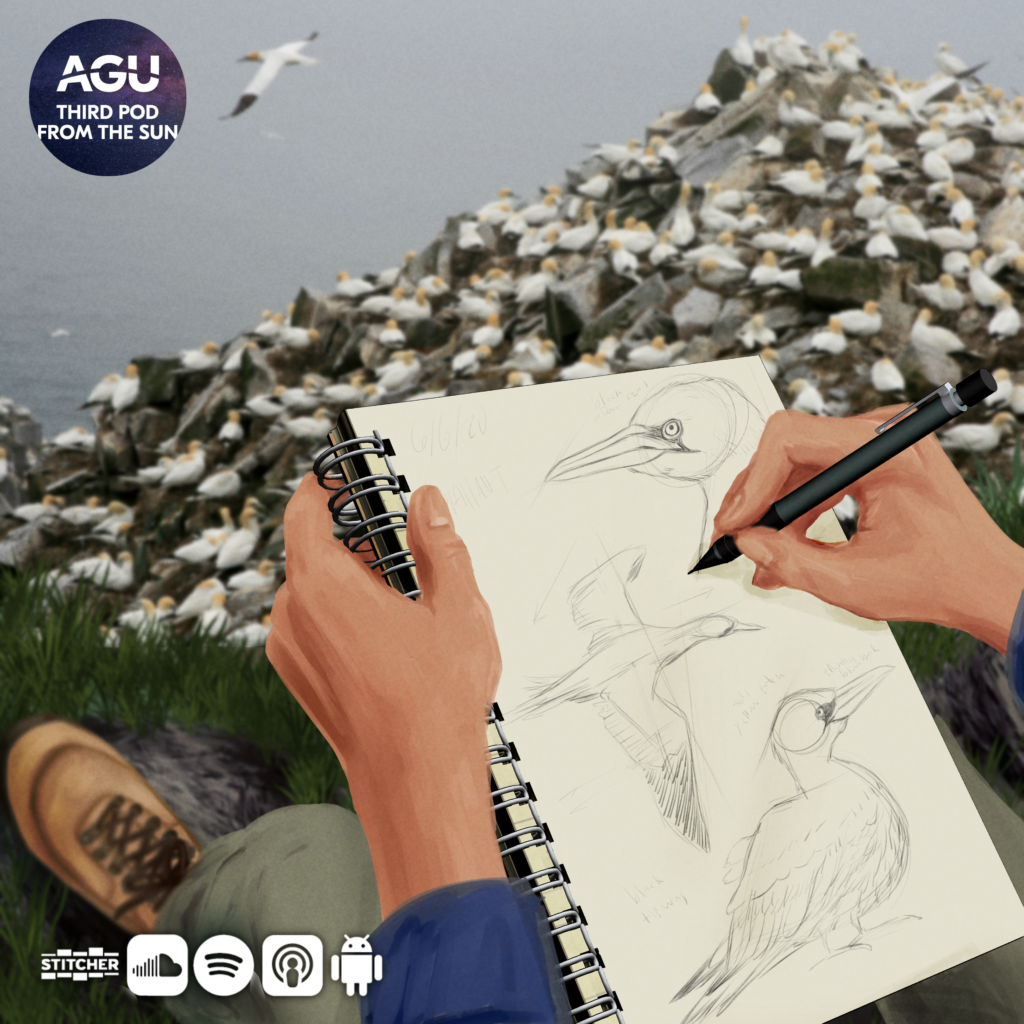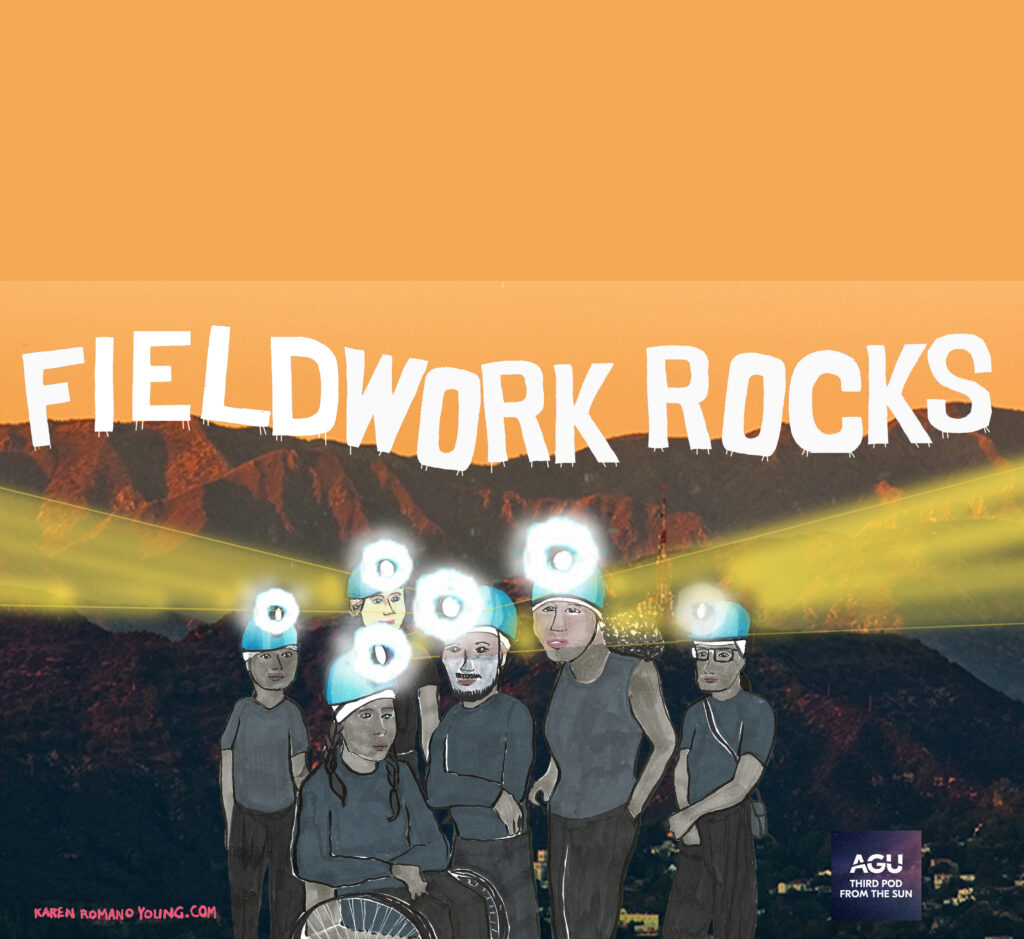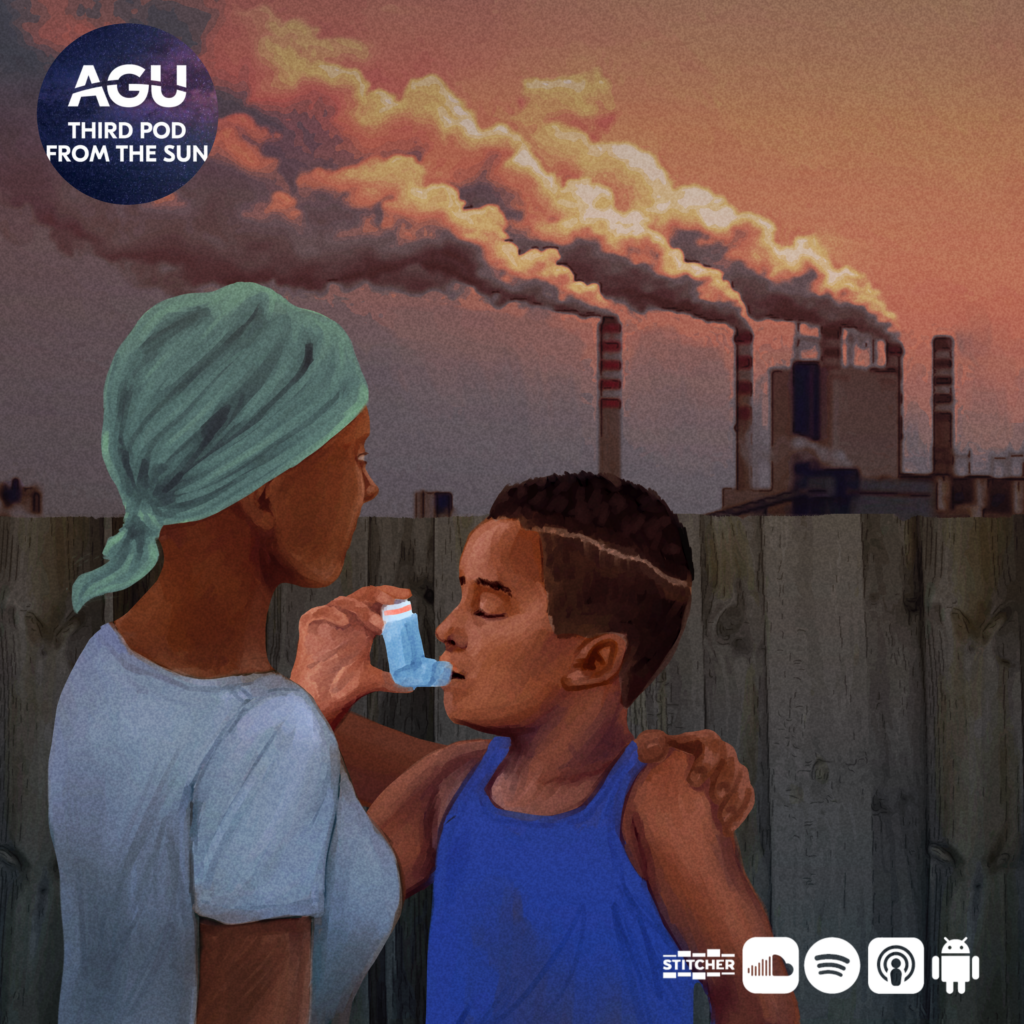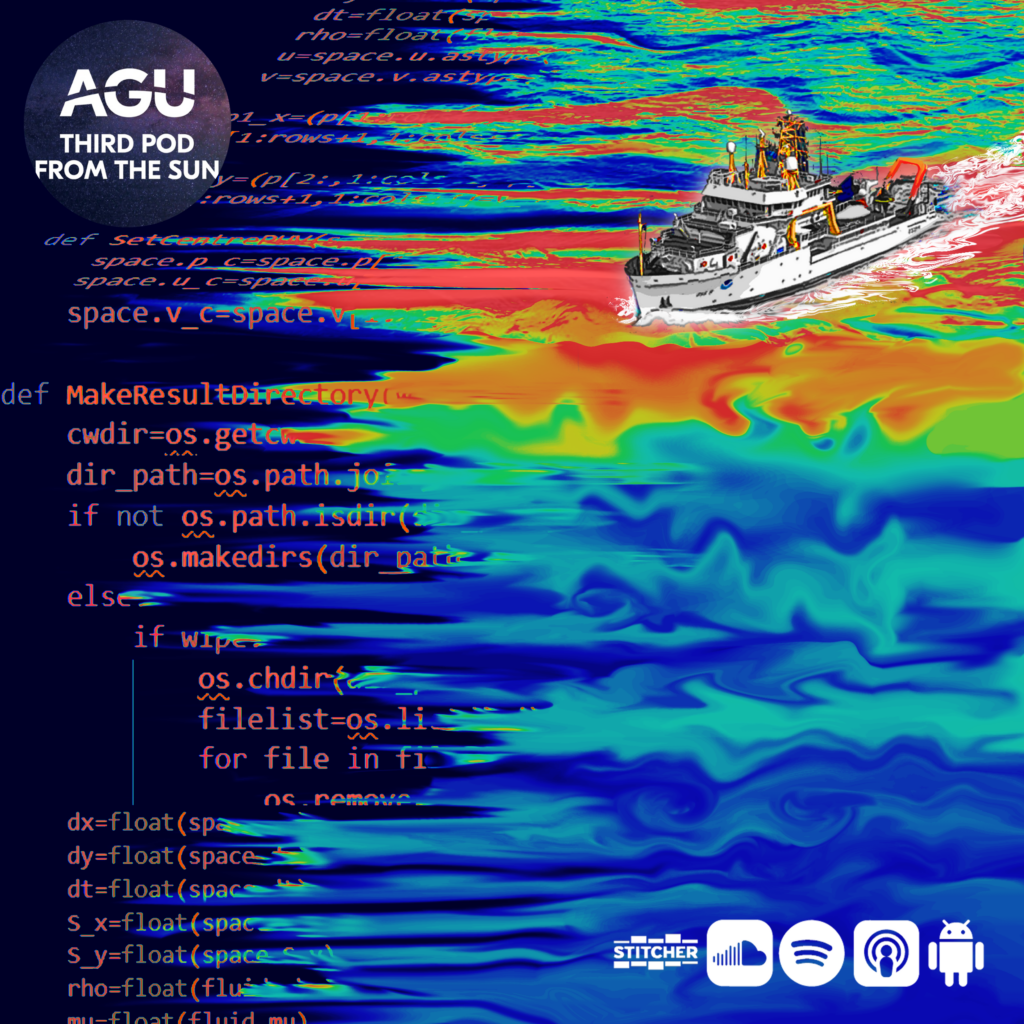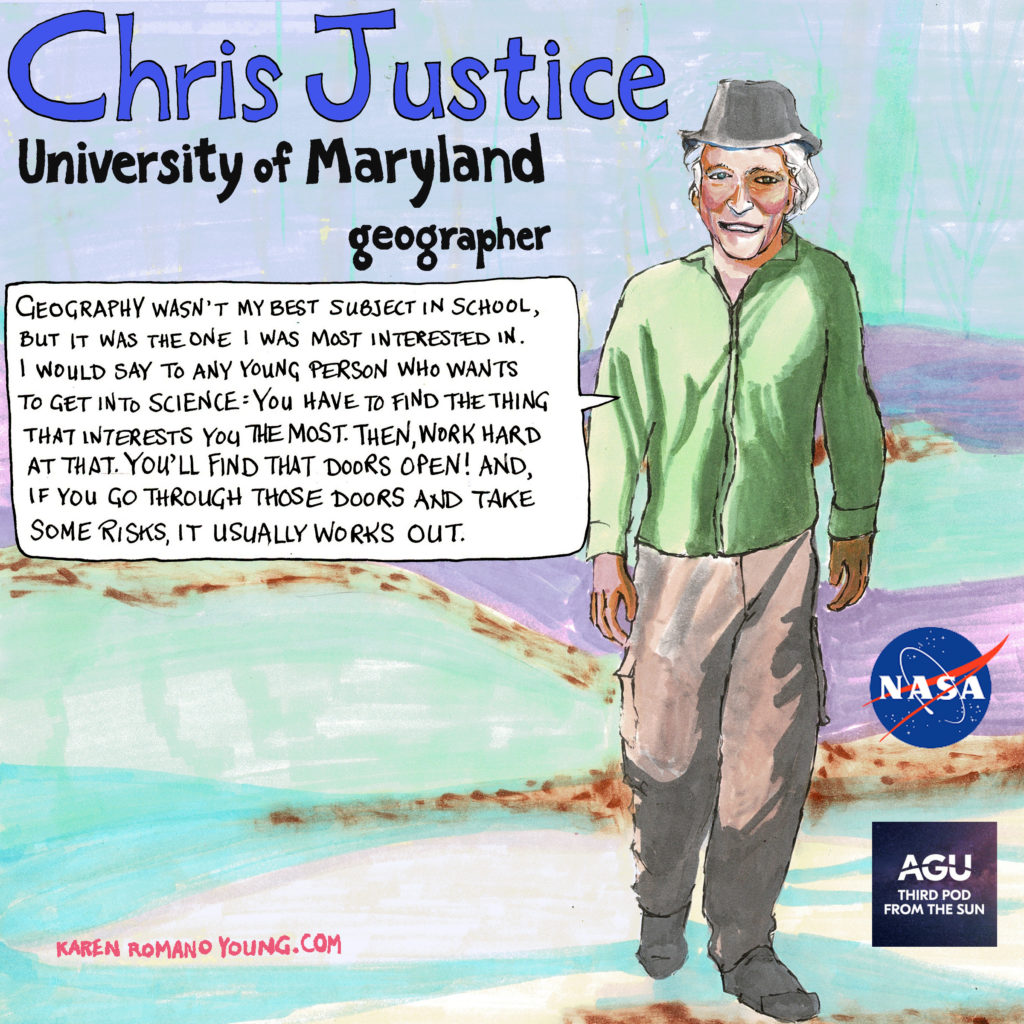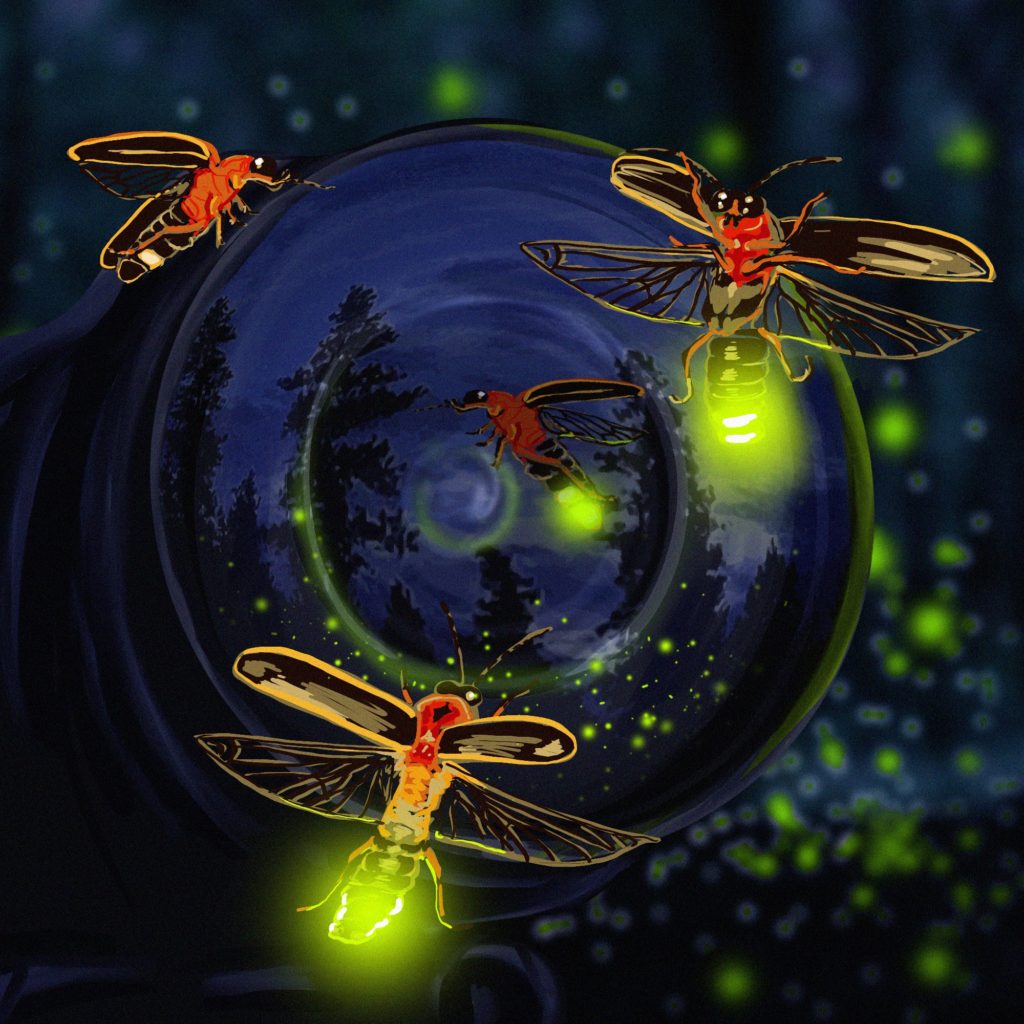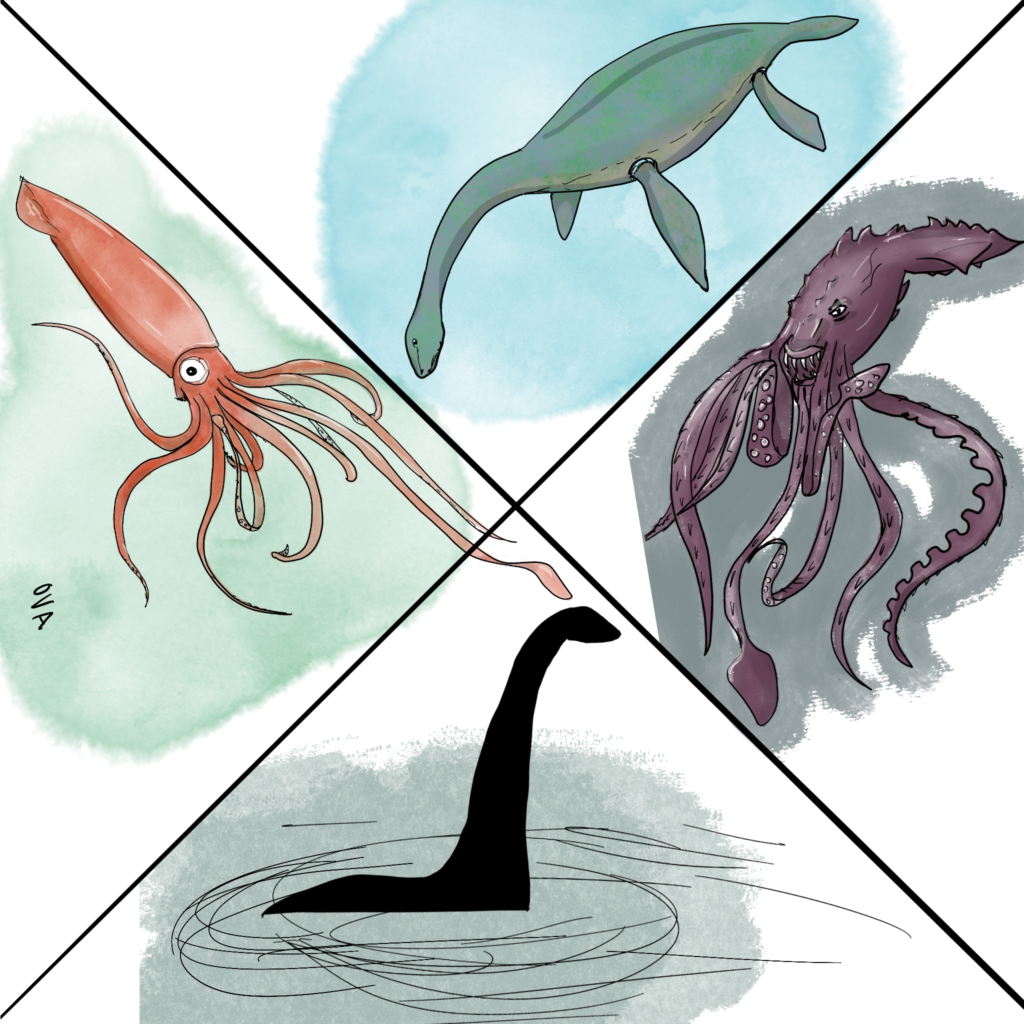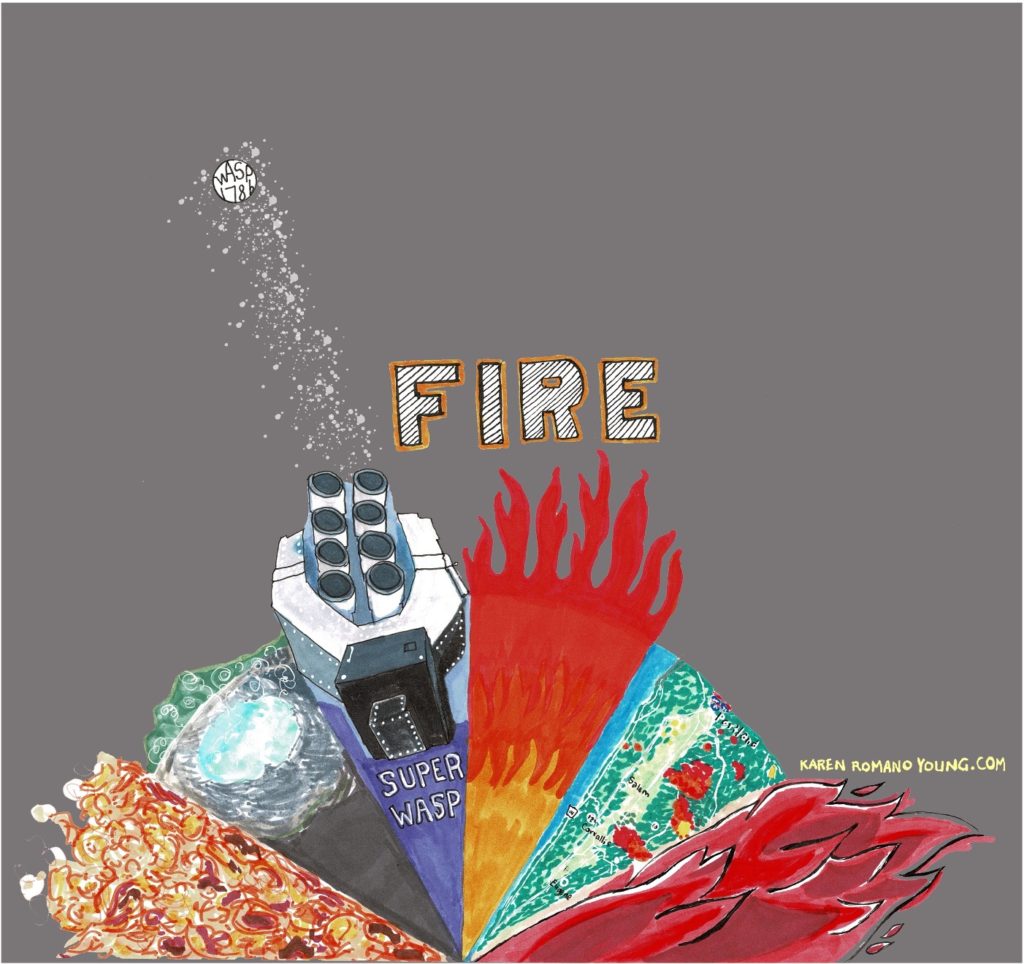Biogeosciences
Tales from the (manus)crypt: Mind-controlling mushrooms
The video game and TV show “The Last of Us” captivated audiences with the concept of a fungal pandemic. The story is set in a world ravaged by a fungus that infects people and turns them into zombies. But what’s the likelihood a human fungal pandemic could happen?
Read MoreFieldwork rocks: Picturing science
Joris De Raedt, a passionate scientific illustrator dedicated to capturing the beauty and significance of nature through his art, strives to foster a deep connection between people and the fauna and flora that inhabit our world. Despite utilizing modern tools like a graphic tablet, his illustrations pay homage to a timeless style of documenting the natural world.
Read MoreFieldwork rocks
It’s that time of year again where many scientists head out into the field, from far-flung locations to local backyards. In recognition of the lengths that some scientists go to to get answers to questions that only the field can provide, we’re sharing stories of science from quaking earth, to roaring winds, to choppy seas, and beyond!
Read MoreSolving for climate: (Health and safety) in (climate) numbers
We’ve all probably heard about how climate change is affecting the ice sheets and polar bears, but what about human health? More severe and numerous floods, droughts, and heat waves impact a wide range of health outcomes, and shifting biomes may spread diseases to new places. How do scientists understand which portions of health effects are caused by climate change, and how can health organizations be prepared?
Read MoreSolving for climate: Coasts in the machine
The Earth’s oceans play a crucial role in regulating the planet’s climate by absorbing and storing vast amounts of heat and carbon dioxide from the atmosphere. However, due to human activities such as the burning of fossil fuels and deforestation, the oceans are warming at an alarming rate. This increase in ocean temperature is causing a range of devastating impacts, from more frequent and severe storms to rising sea levels and bleached coral reefs.
Read More31-Spaceship Earth: Using satellites to feed the world
Chris Justice is a geographer and professor at the University of Maryland whose research on land use changes and global agriculture has taken him around the world.
Read More29-Fire: Lighting the skies with fireflies
Did you ever wonder how random flashes of fireflies gradually acquire synchrony? Studies have shown that this surreal coordination of twinkling occurs through a natural cadence among certain species of fireflies during the mating season.
Read MoreHalloween special: Nessie & the kraken
We’ve all heard stories about fantastical creatures that people swear they’ve seen and have evidence of but can never be confirmed. Think Bigfoot or the Loch Ness monster. Mermaids or the Kraken. While there’s no evidence backing the existence of these creatures, either in present day or at any point in the past, there must…
Read More24.5-A podcast of fire and ice
As the leaves change and temperatures cool, head inside, fire up your headphones, and get ready for hot-podcast fall as share stories about, well, fire. Join us over the next six weeks to hear stories about wildfires, volcanoes, fire in space, and on other planets, indigenous fire knowledge, and…fireflies!
Read More22-Storied careers: Ocean sensors and dog scenters
Tommy Dickey is an emeritus oceanographer from U.C. Santa Barbara and Naval Operations Chair in Ocean Sciences. His modeling and observational research yielded ocean monitoring technologies and tools. For retirement, Tommy trains and deploys Great Pyrenees as therapy dogs, while studying scent dogs’ capacity to detect COVID-19.
Read More
